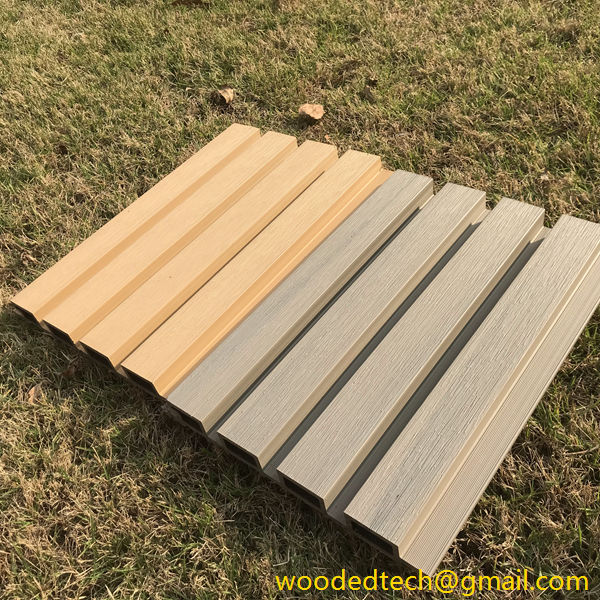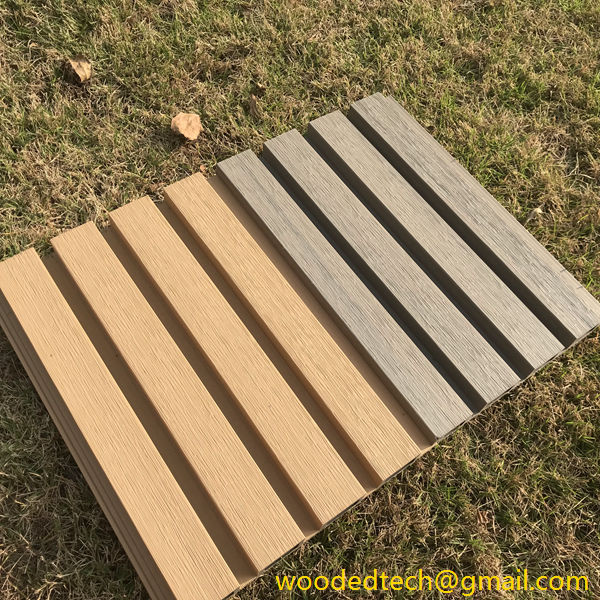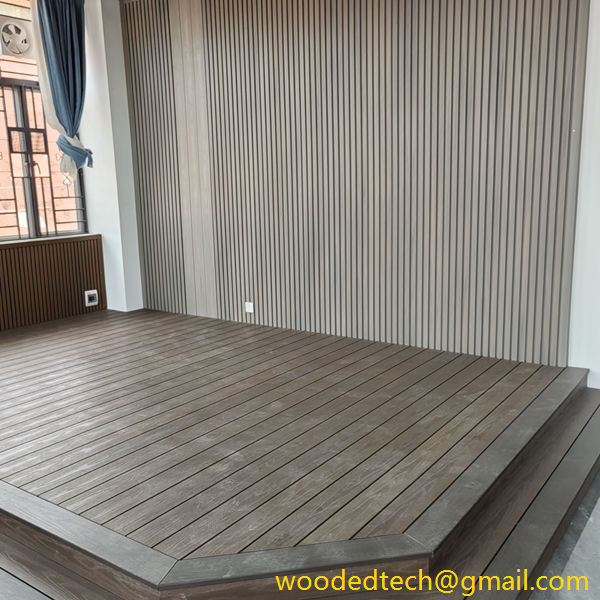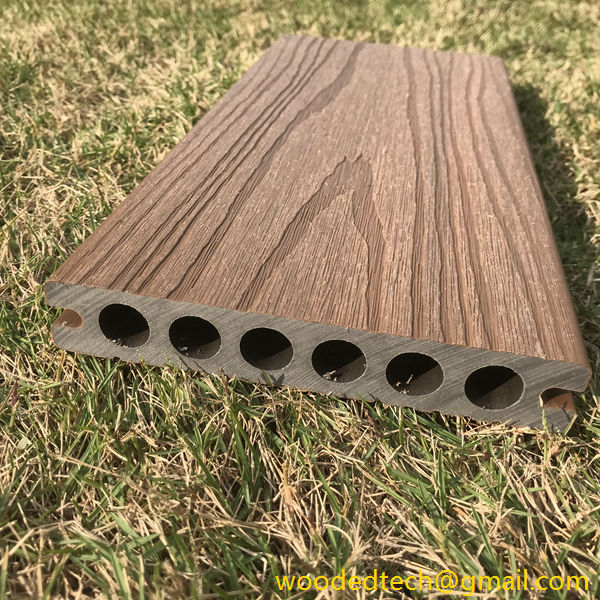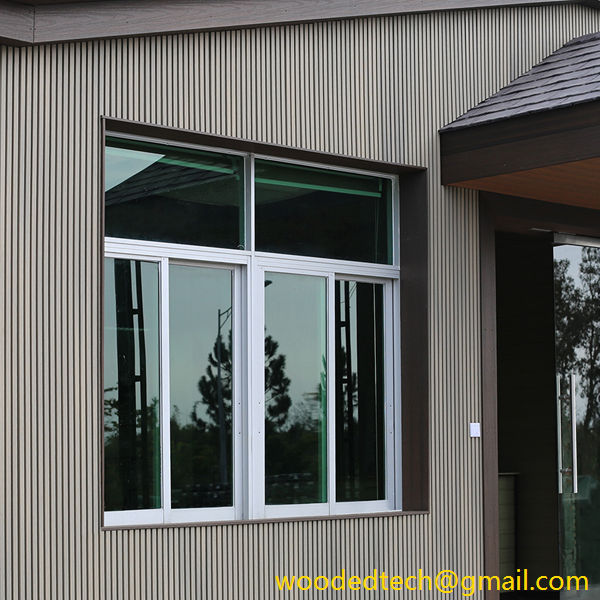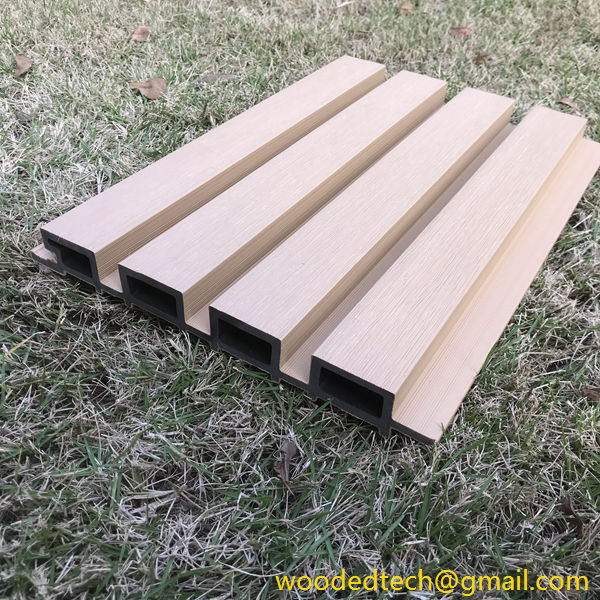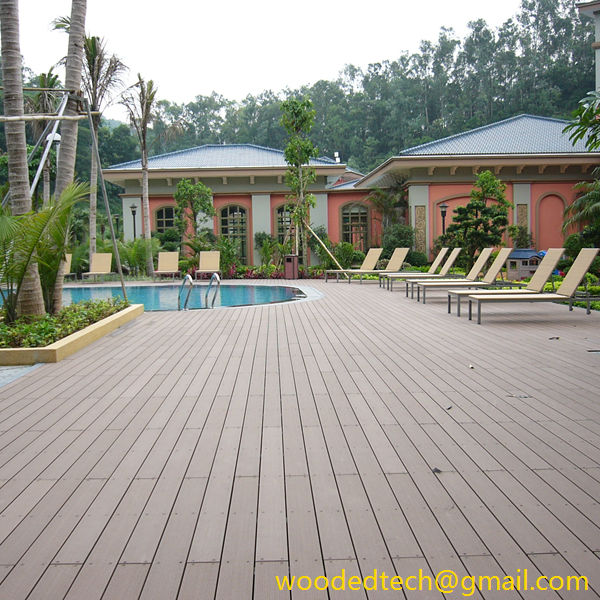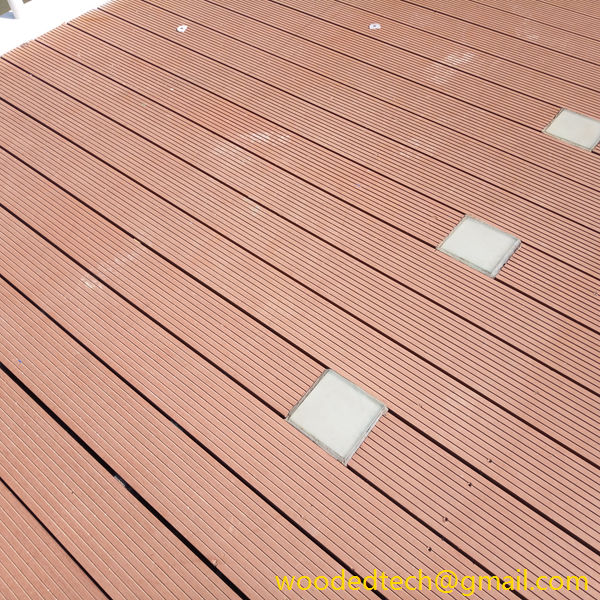Advantages of Recycled Plastic Wood Cladding for Sustainability
Advantages of Recycled Plastic Wood Cladding for Sustainability Recycled plastic wood cladding has emerged as a popular choice for both residential and commercial building projects, and for good reason. This innovative material offers numerous advantages that contribute to sustainability efforts while providing a versatile and aesthetically pleasing option for exterior and interior applications. By exploring…
Advantages of Recycled Plastic Wood Cladding for Sustainability
Recycled plastic wood cladding has emerged as a popular choice for both residential and commercial building projects, and for good reason. This innovative material offers numerous advantages that contribute to sustainability efforts while providing a versatile and aesthetically pleasing option for exterior and interior applications. By exploring the wide range of customizable materials available in the market, we can better understand why recycled plastic wood cladding is a sustainable choice for modern construction.
One of the most significant advantages of recycled plastic wood cladding is its environmental impact. Traditional wood cladding often requires the harvesting of trees, which contributes to deforestation and habitat loss. In contrast, recycled plastic wood cladding is made from post-consumer plastic waste, such as bottles, containers, and packaging materials. By repurposing these materials, the demand for new plastic production is reduced, helping to alleviate the strain on natural resources and minimizing pollution associated with the manufacturing process.
Moreover, the use of recycled plastic wood cladding diverts waste from landfills, where plastic can take hundreds of years to decompose. By transforming this waste into a valuable building material, we are not only reducing landfill contributions but also promoting a circular economy. This approach encourages the recycling and reuse of materials, fostering a more sustainable lifecycle for products and reducing the overall environmental footprint of construction projects.
Durability is another key advantage of recycled plastic wood cladding. Unlike traditional wood, which is susceptible to rot, insect damage, and weathering, recycled plastic wood cladding is designed to withstand the elements. It is resistant to moisture, mold, and mildew, making it an ideal choice for areas with high humidity or frequent rainfall. Additionally, this material does not warp, crack, or splinter like natural wood, ensuring that it maintains its appearance and structural integrity over time. This durability translates to lower maintenance costs for property owners, as they do not need to invest in treatments or repairs as often as they would with traditional wood.
Aesthetic versatility is one of the standout features of recycled plastic wood cladding. Manufacturers offer a wide range of customizable options, allowing architects and designers to create unique looks that cater to different styles and preferences. Recycled plastic wood cladding can mimic the appearance of natural wood, providing the warmth and beauty of timber without the associated environmental concerns. It is available in various colors, textures, and finishes, giving builders the flexibility to achieve the desired aesthetic for their projects.
In addition to its customizable appearance, recycled plastic wood cladding is lightweight and easy to install. This ease of installation can lead to reduced labor costs and quicker project completion times. The material can be cut and shaped just like traditional wood, making it accessible for contractors who may be more familiar with working with wood products. Its lightweight nature also means that less structural support is required, further contributing to cost savings.
Another essential aspect of sustainability is energy efficiency. Recycled plastic wood cladding can contribute to better insulation for buildings, helping to regulate indoor temperatures. This can lead to reduced energy consumption for heating and cooling, which is not only beneficial for the environment but also for homeowners looking to lower their utility bills. In the long run, the energy savings associated with using recycled plastic wood cladding can significantly offset the initial investment in the material.
Furthermore, the longevity of recycled plastic wood cladding means that it is a cost-effective solution for property owners. While the initial cost may be slightly higher than traditional wood due to the advanced manufacturing processes involved, the long-term savings associated with reduced maintenance, replacement, and energy costs make it a wise investment. Property owners can enjoy peace of mind knowing that their cladding will retain its appearance and functionality for many years.
Sustainability is not just about the materials used; it also encompasses the overall impact of a product on the environment. Recycled plastic wood cladding is often manufactured using processes that prioritize eco-friendliness. Many manufacturers utilize energy-efficient techniques and renewable energy sources in their production, further reducing the carbon footprint associated with the material. Additionally, some companies implement take-back programs where they accept old cladding for recycling, promoting a continuous cycle of sustainability.
In conclusion, recycled plastic wood cladding presents a multitude of advantages for sustainability-conscious builders and homeowners. By utilizing post-consumer plastic waste, it helps reduce environmental impact while providing a durable, aesthetically pleasing, and cost-effective alternative to traditional wood cladding. The customizable options available allow for creative expression in design, while its energy efficiency and low maintenance requirements make it an attractive choice for modern construction. As we continue to seek ways to build a more sustainable future, recycled plastic wood cladding stands out as a practical and responsible solution that aligns with eco-friendly principles. Embracing materials like this not only benefits individual projects but also contributes to a larger movement towards sustainable building practices that protect our planet for future generations.

